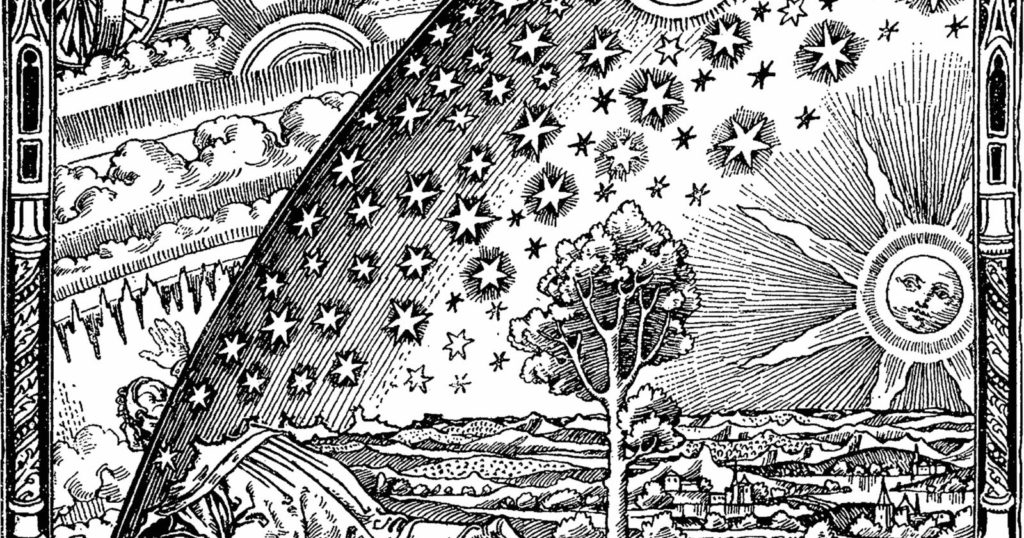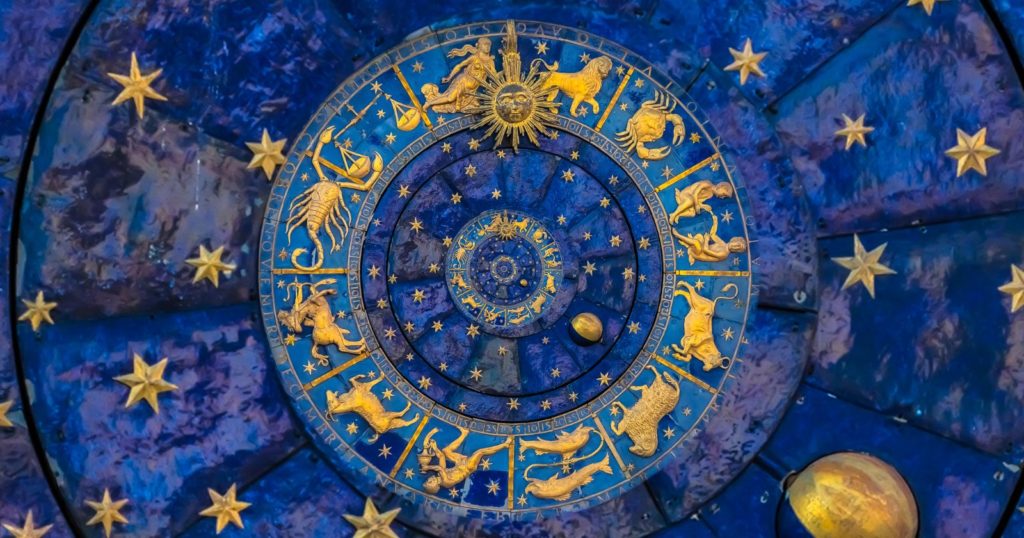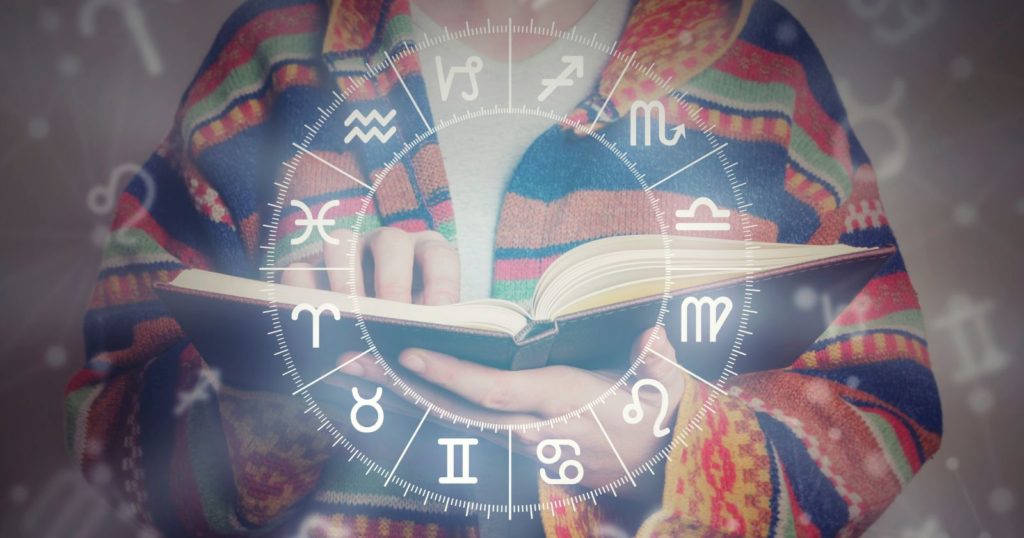Astrology is as old as human civilization itself, a rich tapestry woven into the fabric of our shared human history. Much more than a curiosity of the modern pop culture or a conversational icebreaker, astrology traces back thousands of years, intertwining with our understanding of the universe, the celestial bodies, and ourselves. However, the most transformative and influential period in astrology’s history is the past 800 years – a span where astrology shaped and was shaped by religion, philosophy, art, and science.
In the context of eight centuries, astrology becomes a living chronicle, capturing the evolution of human thought, culture, and knowledge. From the 13th century when astrology was taught in universities across Europe to today’s internet age where one can find their horoscope at the click of a button, astrology’s journey has been one of transformation, controversy, and resurgence.
In this article, we take a profound dive into 800 years of astrology, focusing on the key periods, significant transformations, and historical influences. Through this journey, we will uncover the intriguing aspects of this ancient practice, its resilience, and its current role in the modern world. Regardless of whether you are an astrology enthusiast or a history aficionado, this exploration promises to be an enlightening odyssey through the corridors of time.
Our journey through eight centuries of astrology is not merely a historical overview but an attempt to understand the nuances of astrology’s interaction with humanity. It’s a voyage to the core of astrology, its enigmatic symbolism, and its profound impact on human behavior and emotions. So, fasten your seat belts, set your intentions, and prepare to journey through the cosmos – and time – to decode the celestial language of astrology.
The Middle Ages (13th to 15th Century): Astrology’s Academic Apogee
In the Middle Ages, the academic and societal scene in Europe witnessed a surge of interest in astrology. The 13th century marked the beginning of a time when astrology was an integral part of university curricula. Arabic astrological texts were translated into Latin, and prominent universities in Bologna, Paris, and Oxford introduced astrology as a branch of study alongside medicine, philosophy, and theology.
During this era, Astrology wasn’t just a tool for understanding the universe or predicting events; it was a philosophical framework helping scholars comprehend the human condition. The belief was that the celestial bodies had a profound impact on human lives, health, and behavior. The macrocosm (universe) and microcosm (human) were seen as intimately connected. Medical professionals, also known as physician-astrologers, routinely used astrological charts, or ‘nativities,’ to diagnose illnesses and predict health outcomes.
Astrology also found resonance with religion. Despite critiques from some quarters of the Church, many clergy members were proponents of astrology, recognizing it as a means to understand God’s will. Notable theologians like Albertus Magnus and Thomas Aquinas attempted to reconcile astrology with Christian doctrine, asserting that celestial bodies influenced humans without infringing upon their free will.
Art and literature of this period also mirrored astrology’s importance. Astrological symbolism found its way into sculptures, paintings, and literary works, reflecting the widespread belief in celestial influence. Dante Alighieri’s ‘Divine Comedy’ stands testament to this, showcasing a universe structured according to astrological principles.
However, towards the end of the 15th century, the tide began to turn. The onset of the Renaissance saw humanism take center stage, challenging astrology’s deterministic worldview. Simultaneously, the Church’s patience with astrology began to wane. It led to astrology’s gradual marginalization from academia, setting the stage for the next era in our journey through 800 years of astrology.
This period is an essential chapter in astrology’s evolution, underlining its pervasive influence on medieval society and culture. It also illustrates astrology’s resilience, adapting and surviving in the face of changing philosophical and religious landscapes.
The Enlightenment (16th to 18th Century): Astrology in the Shadows
As we step into the Enlightenment era of the 16th to 18th centuries, astrology’s status significantly shifted. This period was characterized by the rise of empirical science, rational thought, and humanism, which led to a decline in astrology’s prominence.
The Scientific Revolution challenged the fundamental principles of astrology. Copernicus’ heliocentric model, Kepler’s laws of planetary motion, and Newton’s laws of physics transformed the understanding of the universe, making the geocentric and anthropocentric perspectives of astrology seem obsolete and unfounded. Moreover, the growing emphasis on empirical evidence and experimentation did not favor astrology, which couldn’t readily provide measurable proofs for its claims.
The Enlightenment also witnessed the Church’s growing disillusionment with astrology. The Protestant Reformation led by Martin Luther and John Calvin denounced astrology as superstitious and heretical. Pope Sixtus V condemned judicial astrology (predicting individual destinies) in 1586, causing astrology’s further isolation.
Despite these challenges, astrology was not entirely extinguished. It found refuge in the realms of alchemy and the emerging field of natural philosophy. Philosophers and scientists such as Isaac Newton and Robert Boyle, while critical of astrology’s predictive aspects, were still drawn to its philosophical and symbolic dimensions.
Astrology also continued to permeate popular culture and literature. Shakespeare’s plays are peppered with astrological references, symbolizing fate and character traits. In fact, it was during this era that the phrase “star-crossed lovers” (found in Romeo and Juliet) entered the English lexicon, reflecting the enduring connection between human emotions and celestial movements.
In spite of the criticism and skepticism, astrology remained a vital part of popular culture. While the educated elites criticized it, many everyday people still turned to astrologers for advice and guidance. Almanacs, which often included astrological information and predictions, were widely distributed and popular among all classes. Astrology had moved from the lofty heights of academia and the Church to the homes and hearts of ordinary people.
Despite the strong wave of rationalism and science, astrology demonstrated its resilience and adaptability. It underwent a significant transformation during the Enlightenment, shaping itself in response to the intellectual and cultural shifts of the period. It may have retreated into the shadows, but it never completely disappeared. Instead, it awaited a new age, a resurgence that would once again bring it to the forefront of popular consciousness. This fascinating interplay of conflict and adaptation sets the stage for our exploration of astrology in the modern era.
Thus, the Enlightenment period, with all its skepticism and challenges, had a profound impact on astrology. It pushed astrology to evolve, to adapt, and to find new contexts. This period is a testament to astrology’s resilience, underscoring its ability to endure and transform in the face of shifting paradigms.
The Modern Era (19th Century Onwards): Astrology’s Resurgence and Transformation
Entering the modern era, astrology, after facing centuries of skepticism and marginalization, began to witness a remarkable resurgence. This revival was fueled by the emergence of spiritual and esoteric movements, technological advancements, and a renewed interest in holistic and alternative approaches.
The 19th century saw the birth of Theosophy, a movement that combined Eastern and Western religious philosophies and greatly influenced astrology’s modern form. Helena Blavatsky, the founder of the Theosophical Society, proposed the existence of an ancient, universal wisdom that included astrology. This period also marked the emergence of psychological astrology, pioneered by Carl Jung, who recognized astrology as a tool to understand the human psyche.
In the early 20th century, astrologer Alan Leo redefined astrology, shifting its focus from deterministic predictions to character analysis and spiritual development. This shift laid the foundation of modern, Sun-sign astrology. Astrological columns started appearing in newspapers, making astrology accessible to the masses.
In the digital age, astrology has adapted once more, now flourishing in the realm of the internet and social media. Online platforms offer daily horoscopes, astrology apps, and even AI-powered astrological consultations. Astrology memes, posts, and videos have become a significant part of internet culture, demonstrating the timeless appeal and adaptability of this ancient practice.
Modern astrology also witnesses its fusion with various therapeutic and self-development methods, such as yoga, meditation, and psychotherapy. It has evolved into a tool for introspection, self-awareness, and understanding interpersonal dynamics.
This current era of astrology demonstrates its enduring resilience and transformative capacity. It’s no longer viewed solely as a predictive tool but a means of self-exploration, emotional insight, and personal growth. Thus, astrology continues to evolve, finding new contexts and meanings in our changing world.
With this, we conclude our exploration of 800 years of astrology. What lies ahead for astrology remains in the stars. Yet, one thing is clear: whether in academia, religion, art, science, or digital media, astrology has, and will continue, to reflect and shape the human understanding of life, the universe, and everything in it.
Recommended Books:
- “The Dawn of Astrology: A Cultural History of Western Astrology” by Nicholas Campion
- “Cosmos and Psyche: Intimations of a New World View” by Richard Tarnas
- “Astrology: A Cosmic Science” by Isabel M. Hickey




